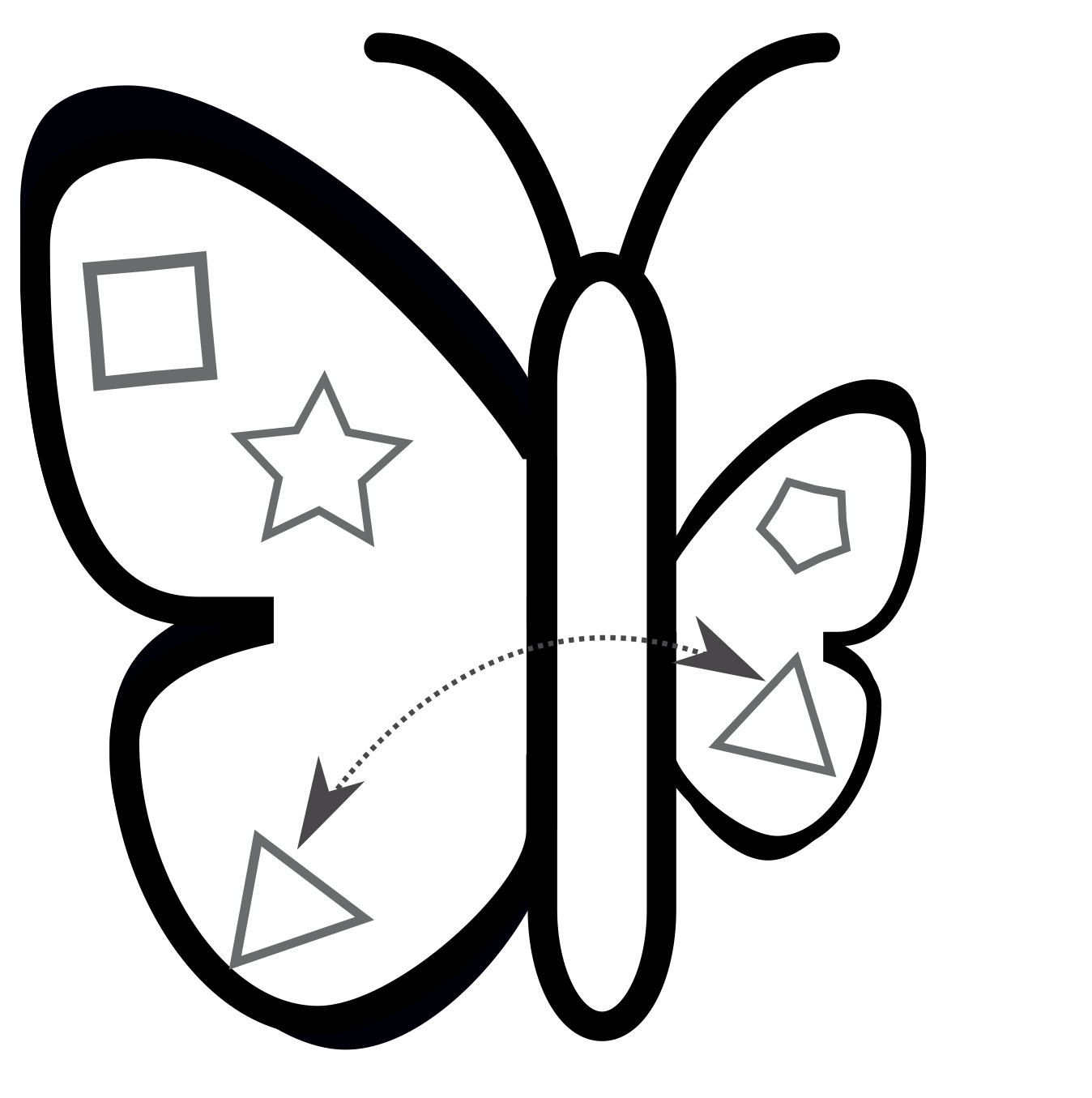PaPiOM: Patterns in Pitch Organization in Music
September 2020 - IPEM - GhentJoren Six
Presenting: PaPiOM
3-year junior post-doc mandate funded by BOF- Patterns (in music)
- Relevance of patterns in music?
- Study of patterns in music
- Perception
- Corpora
- PaPiOM: Patterns in Pitch Organization in Music
- Methods
- Techniques
- Corpus creation
- Network
Patterns (in music)
“Patterns are fundamental in music”
Relevance
Why study cross-cultural patterns in music?
- Origins of music
- Evolution of music
- Non-human musicality
- Nature-nurture debates
- Definition of music
Study of patterns in music
- Context-poor
- Data-poor
- Controlled
- Many studies
- Context-rich
- Data-rich
- Wild
- Few large scale
Repp, B. H. (2005). Sensorimotor synchronization: a review of the tapping literature. Psychonomic bulletin & review, 12(6), 969-992.
Panteli, M., Benetos, E., & Dixon, S. (2018). A review of manual and computational approaches for the study of world music corpora. Journal of New Music Research, 47(2), 176-189.
Study of patterns in music

PaPiOM: perform a larg-scale corpus-based study to identify patterns in music. Link corpus-based findings with other findings.
Study of patterns in music
Why now? Two major shifts in the last decades:- Availability of large music archives in digital form
- Advances in Music Information Retrieval (MIR)
PaPiOM: Patterns in Pitch Organization in Music
Contribute to fundamental understanding on how humans around the world organize musical pitch.”
PaPiOM: Patterns in Pitch Organization in Music
Potential patterns common in music around the world:- Distinctness of pitches
- Octave equivalence
- Number of pitch classes
- Intervals between pitch classes
Methods: pitch tracking
Corpus Creation
Corpus Creation: cantometrics
Limitations, risks, challenges
- Only Recorded music
- Access to audio recordings
- Unbalanced collections
- Meta-data issues
- Lack of 'ground-truth'
- Non-robust computational music processing
- Missing context
- Cultural bias.
Network
Musée de l'Homme, ParisMuseum for Central Africa, Brussels
FMA 2023 conference organisation at IPEM.
Network: Additional funding requested
Together with Musée de l'Homme, Paris and Museum for Central Africa, Brussels.
- BELSPO project MusHeCo: a 50% post-doc at IPEM
- BELSPO network MATOPA: conference organization
Network: additional funding planned
- FWO project PaPiOM: Mattia style reset
- FWO network or other: FMA 2023 conference organization
Preliminary work
Ho, M. J., Sato, S., Kuroyanagi, J., Six, J., Brown, S., Fujii, S., & Savage, P. E. (2018). Automatic analysis of global music recordings suggests scale tuning universals. In 19th International Society for Music Information Retrieval Conference.
Kuroyanagi, J., Sato, S., Ho, M. J., Chiba, G., Six, J., Pfordresher, P. & Savage, P. (2019). Automatic comparison of human music, speech, and bird song suggests uniqueness of human scales. In 9th Folk Music Analysis Conference.
Leroi, A., Mauch, M., Savage, P., Benetos, E., Bello, J., Six, J., Weyde, T., et al. (2015). The deep history of music project. 5th International Workshop On Folk Music Analysis (pp. 83–84). 5th International Workshop On Folk Music Analysis.
Six, J., Cornelis, O., & Leman, M. (2013). Tarsos, a modular platform for precise pitch analysis of Western and non-Western music. Journal of New Music Research, 42(2), 113-129.
Six, J., Bressan, F., & Leman, M. (2018). Applications of duplicate detection in music archives: from metadata comparison to storage optimisation. In Italian Research Conference on Digital Libraries (pp. 101- 113). Springer, Cham.
References
Panteli, M., Benetos, E., & Dixon, S. (2018). A review of manual and computational approaches for the study of world music corpora. Journal of New Music Research, 47(2), 176-189.
Brown, S., & Jordania, J. (2011). Universals in the world’s musics. Psychology of Music, 41(2), 229-248. Burns, E. M. (1999). Intervals, scales, and tuning. In The psychology of music (pp. 215-264).
McDermott, J. H., Schultz, A. F., Undurraga, E. A., & Godoy, R. A. (2016). Indifference to dissonance in native Amazonians reveals cultural variation in music perception. Nature, 535(7613), 547.
Savage, P. E., Tierney, A. T., & Patel, A. D. (2017). Global music recordings support the motor constraint hypothesis for human and avian song contour. Music Perception: An Interdisciplinary Journal, 34(3), 327- 334.
PaPiOM: Patterns in Pitch Organization in Music
Questions?
September 2020 - IPEM - Ghent
Joren Six
Duplicate detection
| First twin | Second tiwn | |
|---|---|---|
| Audio | ||
| Year recorded | ? | 1949 |
| Title | The daughter Mandega | ? |
| People | Zezuru | Shona / Zezuru |
| Collector | Hugh Tracey | Hugh Tracey |